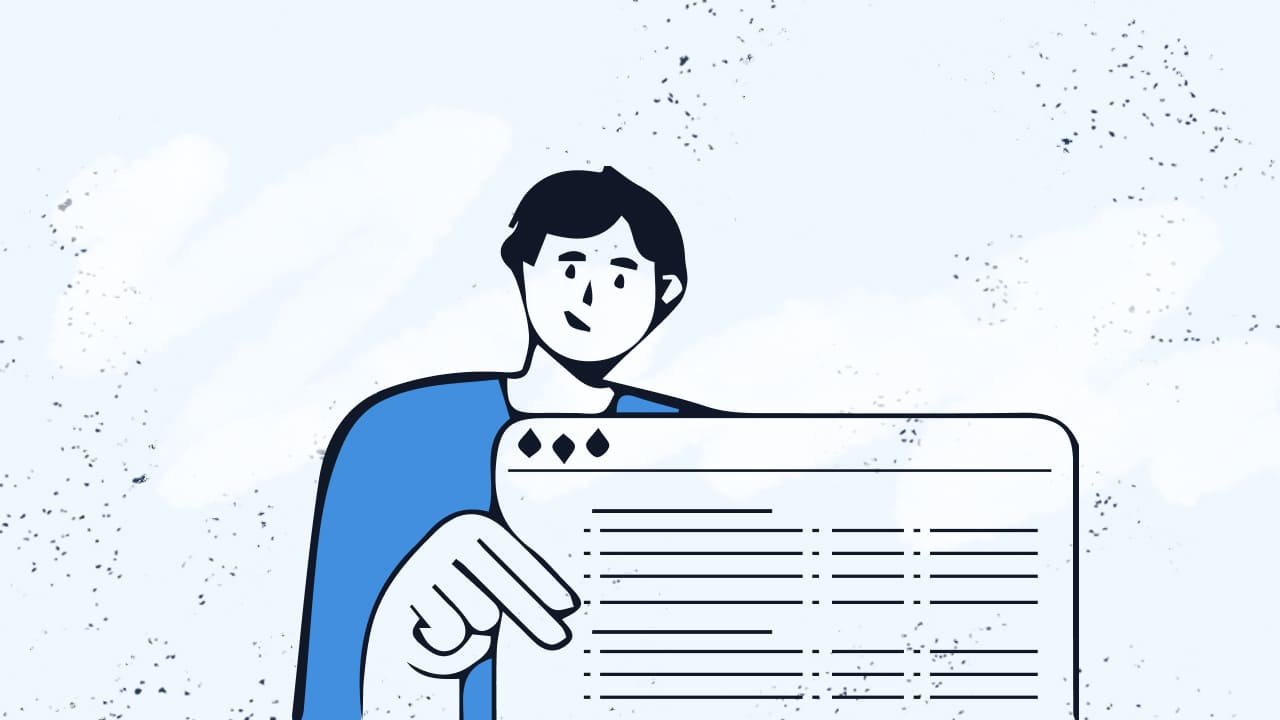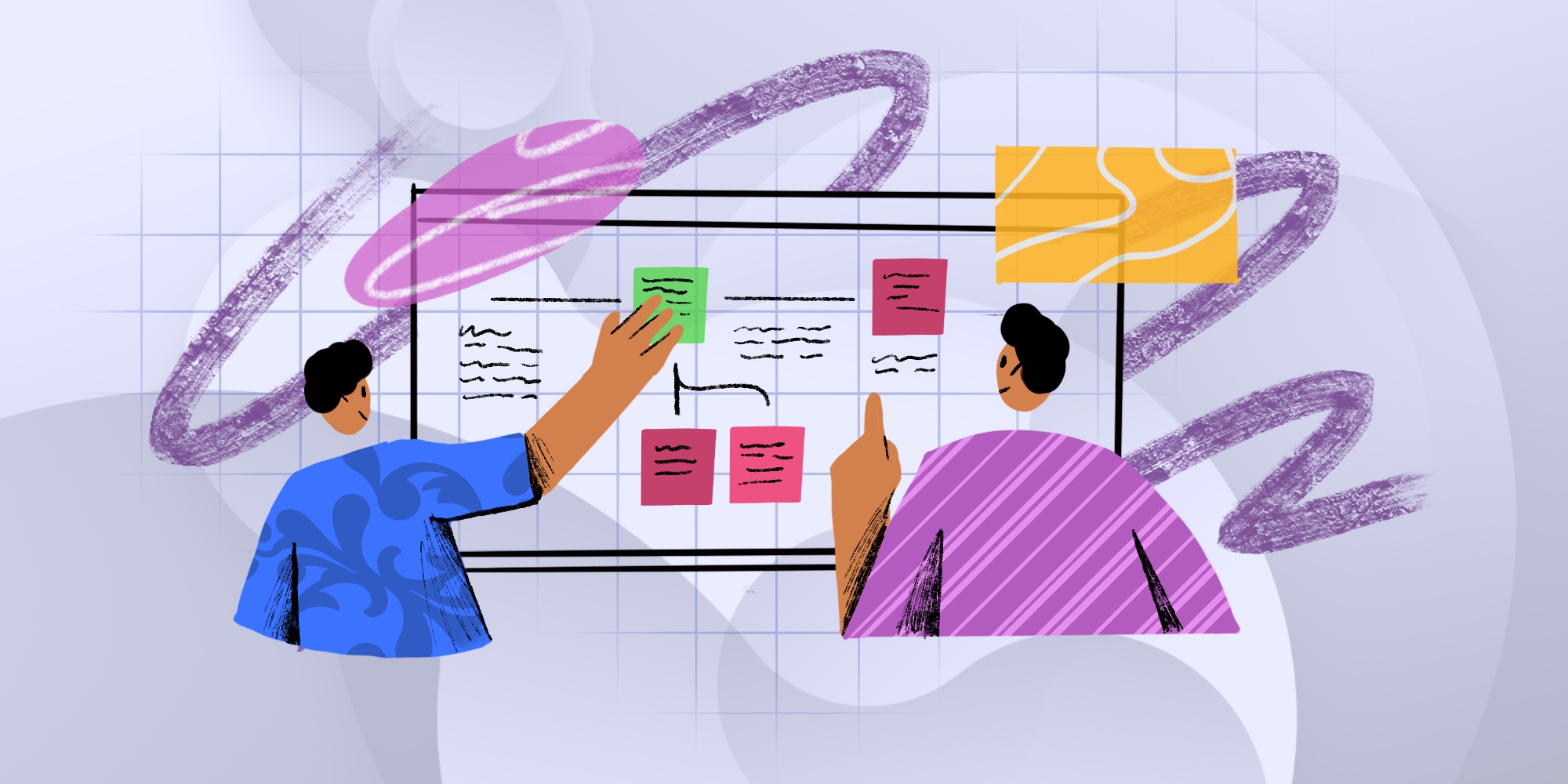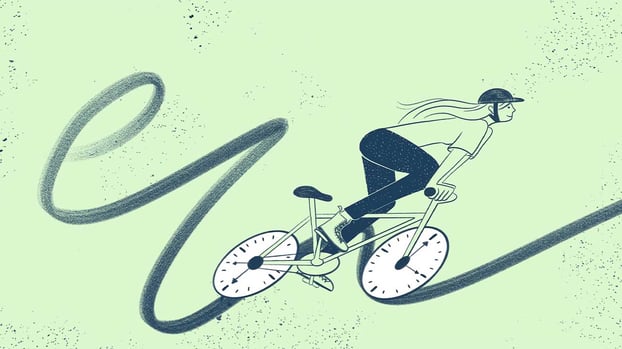Unlike traditional approaches that often rely on rigid, step-by-step processes, Agile Change Management focuses on flexibility, collaboration, and iterative practices, allowing organizations to respond swiftly to emerging challenges and opportunities.
This article will guide you through the concept of Agile Change Management, its importance in modern business, and how it differs from traditional methods. We’ll explore key principles, core components, implementation strategies, and tools to help you adopt Agile practices.

Understanding Agile Change Management
Change Management within ITIL
Change Management, particularly within the ITIL framework, is all about ensuring that any changes to IT services are introduced in a controlled and systematic way. The goal is to minimize disruptions and align changes with the business's overall objectives.
Traditionally, Change Management has been a structured, linear process: you assess the change, get approvals, plan the implementation, and then roll it out. This method works well when the environment is stable, and changes are predictable.
However, market demands and technology constantly evolve, and this rigid approach often struggles to keep up. This is where Agile comes into play.
The extension of Agile from development to Change Management
Agile began in software development as a response to the need for faster, more flexible ways to deliver products. The Agile Manifesto, created in 2001, outlined a set of values and principles focused on delivering work in small, iterative cycles, with a strong emphasis on collaboration and adaptability. What started as a way to improve software development quickly spread to other areas, including Project Management, marketing, and, eventually, Change Management.
Soon enough, organizations recognized that the same Agile principles that made software development more responsive could also make Change Management more effective. By breaking down changes into smaller, more manageable pieces and incorporating regular feedback, companies could implement changes faster and with less risk of failure.

What an Agile mindset means for Change Management
Adopting an Agile mindset in Change Management means shifting away from the idea that changes should be planned in detail upfront and then executed step-by-step. Instead, it embraces flexibility, continuous feedback, and collaboration across teams.
For example, in a traditional Change Management approach, rolling out a new IT system might involve a lengthy planning phase where every detail is ironed out before any work begins.
With Agile Change Management, the organization might start with a pilot phase, introducing the new system to a small group of users first. Feedback from this group would then inform adjustments before a broader rollout.
Collaboration is key in Agile Change Management. Instead of making decisions top-down, Agile encourages input from various stakeholders, including those who will be directly affected by the change.
This helps ensure that the change not only aligns with business goals but also addresses the actual needs and concerns of the people involved.

Comparison with other Change Management approaches
Traditional Change Management typically follows a linear, phased approach, completing each stage before moving on to the next. While this can work in stable environments, it often fails, given that requirements and conditions can change rapidly. Agile Change Management is designed to be more responsive and enables organizations to pivot quickly when necessary.
The ADKAR model, which focuses on Awareness, Desire, Knowledge, Ability, and Reinforcement, offers a structured way to guide individuals through change. This model emphasizes the human side of change, ensuring that individuals are prepared and committed to adopting new practices.
Similarly, Lewin’s Change Model provides a structured approach to transition through different states. Both frameworks offer valuable insights into managing change but follow a more sequential process compared to Agile.
Agile Change Management, on the other hand, is designed to be highly flexible and responsive. It breaks work into smaller, iterative cycles and incorporates regular feedback. The focus of Agile is to allow teams to adjust quickly based on evolving needs and conditions. As an iterative approach, it contrasts with the more linear progression of ADKAR and Lewin's model.
However, Agile is not necessarily at odds with these traditional models. In practice, Agile can complement frameworks like ADKAR and Lewin’s model depending on the type and scope of the change.
For instance, Agile can be highly effective in technology-driven changes where rapid iterations and frequent adjustments are needed. In contrast, ADKAR and Lewin’s models might be more suitable for organizational changes that require structured guidance and focus on individual readiness and organizational alignment.

The need for Agile Change Management
The speed of technological innovation and shifts in market demands require businesses to be more agile than ever. Agile Change Management helps organizations stay ahead by allowing them to implement changes quickly and efficiently, reducing the risk of falling behind competitors.
End-user feedback is integral to the Agile framework. Continuous engagement with the actual people who will be affected by the consequences of change ensures that the changes being made are relevant and valuable, leading to higher satisfaction and better business outcomes.
Numerous traditional Change Management approaches fail due to their inability to adapt to unexpected changes. For instance, companies that rely on lengthy, rigid processes often find themselves outpaced by more nimble competitors who can adapt quickly to market shifts.

Core components of Agile Change Management
Iterative processes
One of the cornerstones of Agile Change Management is the use of iterative processes. Rather than making large, sweeping changes, Agile promotes small, incremental adjustments that can be evaluated and refined in real time. This approach minimizes risk and allows for more rapid course correction.
Examples of iterative cycles in Change Management:
- A company implementing a new software system might start with a pilot program in one department before rolling it out company-wide, allowing for adjustments based on initial feedback.
- A marketing team could test different campaign strategies on a small scale before committing to a full launch, ensuring they focus on what works best.
Cross-functional collaboration
Agile Change Management thrives on collaboration. Successful change initiatives often require input and cooperation from various departments, breaking down silos that can impede progress.
Strategies for fostering collaboration:
- Regular cross-departmental meetings and workshops to align goals and share insights.
- Creating Agile teams composed of members from different functions who work together towards a common objective.
Continuous improvement
Agile is not just about making changes but also about continuously improving processes. This involves regular assessment and adaptation, ensuring that the organization is always moving forward.
Techniques for measuring progress and outcomes:
- Regular retrospectives where teams review what worked and what didn’t, making adjustments for the next iteration.
- Utilizing metrics such as cycle time, customer satisfaction, and business impact to gauge success and areas for improvement.

How to implement Agile for Change Management
Adopting Agile Change Management requires a clear plan and commitment from the entire organization. Here’s a step-by-step approach:
- Initial assessment and planning: Start by evaluating your current Change Management processes and identifying areas that would benefit from increased agility.
- Setting up Agile teams and roles: Establish dedicated Agile teams with clearly defined roles, such as Scrum Masters, Product Owners, and team members responsible for specific tasks.
- Establishing communication channels and feedback loops: Create open lines of communication within teams and across departments, and set up feedback loops to ensure continuous improvement.
Of course, adopting Agile practices isn’t without challenges. Resistance to change is common, as is the difficulty of balancing agility with existing organizational structures. Overcoming these requires strong leadership, clear communication, and a willingness to experiment and adjust as needed.

Tools and techniques for Agile Change Management
Agile Change Management relies heavily on tools that help teams organize work and adapt quickly to changes. Here are two popular tools that support Agile Change Management, along with examples of how they can be applied:
Kanban boards
Kanban boards are visual tools that allow teams to track progress and manage workflows. Each task is represented as a card on the board, which moves through columns representing different process stages (e.g., To Do, In Progress, Done). This visual representation helps teams see the status of tasks at a glance, identify bottlenecks, and manage workloads effectively.
Example of use:
In a Change Management project, a team might use a Kanban board to track the implementation of a new software system across various departments. The board could have columns for "Planning," "Development," "Testing," and "Deployment." As tasks move from one stage to the next, the team can easily monitor progress and make adjustments if any stage is taking longer than expected. If testing reveals a significant issue, the task can be moved back to the "Development" column for further refinement, ensuring the change is implemented smoothly.

Scrum
Scrum is a structured Agile approach that organizes work into short, focused cycles (called sprints), typically lasting two to four weeks. During each sprint, teams work on specific tasks with the goal of producing a deliverable product or outcome by the end of the sprint.
A key component of Scrum is the daily stand-up, a brief meeting where team members discuss their progress, plans for the day, and any obstacles they encounter. These stand-ups align the team, ensure transparency, and facilitate quick problem-solving.
Regular feedback is important for scrum; it allows teams to make quick adjustments based on what’s working and what isn’t.
Example of use:
In the context of organizational change, a company implementing a new employee onboarding process might use the Scrum framework. The Change Management team would start by defining the goals of the onboarding process and breaking down the work into manageable tasks (e.g., developing training materials, setting up orientation sessions, gathering feedback from new hires).
For each sprint, teams would focus on completing specific tasks, such as creating and testing the training module. After each sprint, the team would review feedback from new hires and make necessary adjustments before starting the next sprint.

User stories
User stories are another element in Agile. They provide a simple, user-focused way to capture requirements. A user story describes a feature or, in this case, a change from the perspective of an individual or group that needs it, usually structured as "As a [stakeholder], I need [feature] so that [benefit]." This approach ensures that changes are driven by actual needs and are clearly understood by everyone involved.
Example of use:
In a Change Management scenario, suppose a company is improving its customer service platform. A user story might read, "As a customer service representative, I want a unified dashboard to view all open tickets so that I can manage my workload more effectively."
This user story guides the implementation of a dashboard, ensuring that it directly addresses the needs of the people who will use it. Throughout the project, these user stories are prioritized and refined based on ongoing feedback, ensuring that the change delivers real value to the organization.
Measuring success
To assess the success of Agile Change Management efforts, organizations should focus on key performance indicators such as:
- Cycle time: How long it takes to implement changes.
- Customer satisfaction: Feedback from customers on recent changes.
- Business impact: The measurable effects of changes on revenue, efficiency, or other business metrics.
Regular reviews and data analysis can help determine the effectiveness of Agile change initiatives. This might include tracking the time from decision to implementation, customer retention rates, or improvements in operational efficiency.
Companies that have successfully implemented Agile Change Management often see significant improvements in their ability to respond to market changes, innovate, and meet customer needs more effectively.
Conclusion
As businesses continue to evolve, so too will Agile methodologies. We can expect to see even more integration of Agile principles across various industries, as well as advancements in tools and techniques that make Agile Change Management even more effective.
Adaptability is crucial in an era of constant change like today. Agile Change Management provides a framework for organizations to remain flexible, respond quickly to new challenges, and continuously improve their processes.














.jpg?upsize=true&upscale=true&width=780&height=205&name=ITIL%20Foundation%20Exam%20(2).jpg)
